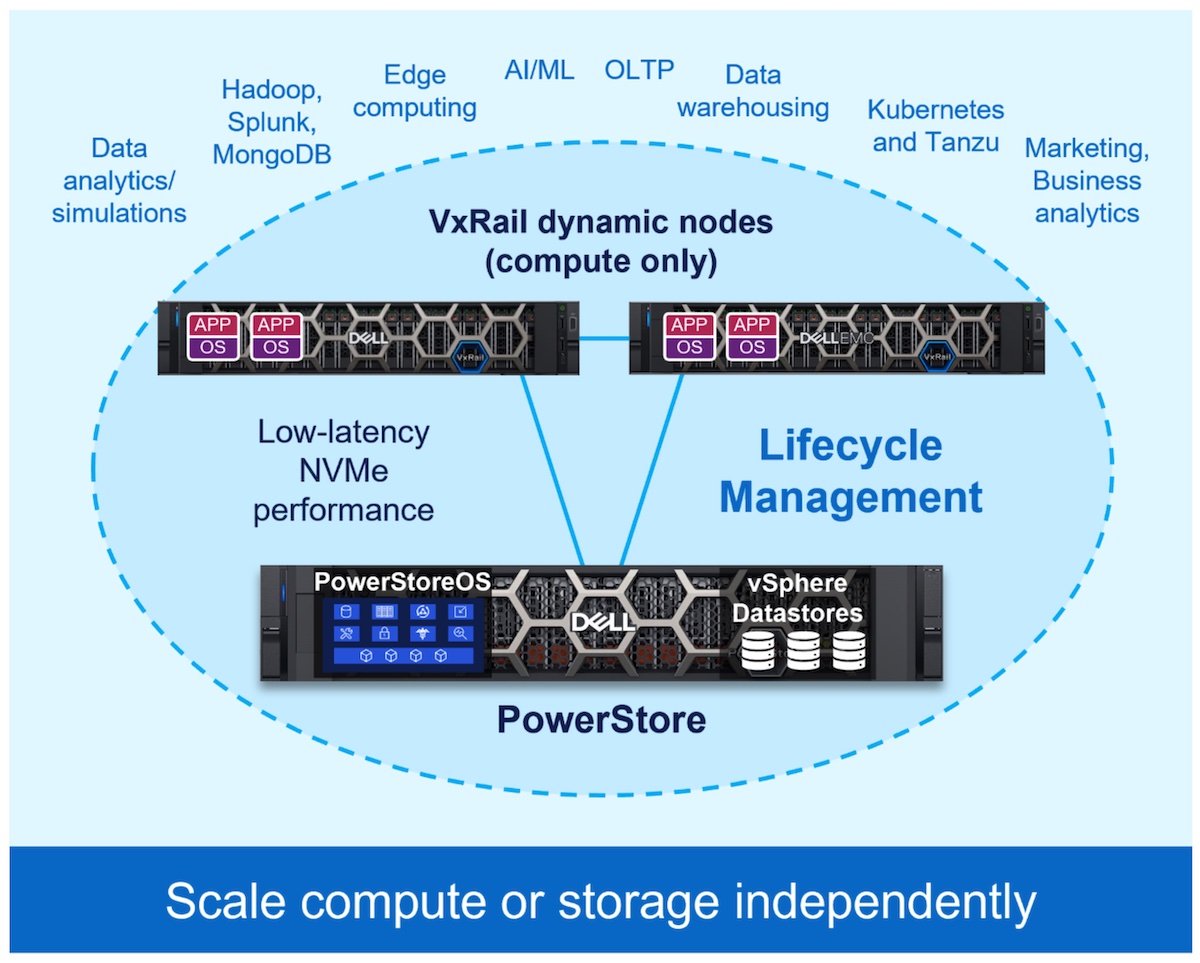Well, it’s been a while since I blogged, but something happened today that warrants comment.Dell has offered to buy 3PAR for about $1.1 billion. So, a number of my customers have called and emailed me asking what this all means? They want to know how I view the addition of 3PAR to Dell’s storage portfolio? What does this mean for the storage industry, and should they seriously start/stop looking at 3PAR? What about all this discussion about monolithic vs. modular storage? Is 3PAR really Tier-1 storage?
From a Sales Perspective
So, what does the fact that Dell has paid a lot of money to get 3PAR mean to those who are buying storage out there? Certainly 3PAR has been one of the innovators in storage ever since it appear back in 1999 bring things like thin provisioning and tiered storage to market. The question is, will Dell leave 3PAR alone as a business unit to continue to operate pretty much as they have in the past?
Obviously, the fact that 3PAR was on the block for sale says that they weren’t exactly burning it up, so I would expect Dell to make some changes. For example, 3PAR wasn’t the most channel friendly storage company in the world. They preferred to sell direct, especially to larger customers. I expect that this might change once Dell management starts to make more of the decisions at 3PAR. Dell depends a lot on the channel, and certainly they expect integrated sales. In other words, Dell expects that sales to their bigger clients be integrated between servers, storage, and desktops where possible, etc. HP and IBM tend to do the same thing. Once you let in the IBM server guy, for example, expect IBM storage to be right behind, and that and “integrated offering of servers and storage” will get pushed at the highest (CIO) levels of your organization.
My view of this is that it’s never a good thing, since HP, IBM, and now Dell have strengths and weaknesses in their different lines, and just because I happen to think that, say, HP servers are the best technical fit for me, doesn’t mean that HP storage is as well. I might think that Dell/3PAR is the right storage, but that doesn’t mean that Dell’s servers are really what I need. Don’t misunderstand here, I think that HP, IBM, and now Dell will have a lot of success selling an integrated solution to the top by touting cost savings, having a single throat to choke, and “integration” between the technologies. I think that this is a topic for another blog posting, so I’ll leave it here for now.
Where does 3PAR fit? Is it an Enterprise Array?
3PAR has traditionally marketed themselves as an Enterprise array which brings up a lot of discussion about what is and isn’t an Enterprise array. Some people have suggested that in order to be truly Enterprise an array needs to be Tier-1, monolithic, and be capable of supporting mainframe storage. Based on that definition, 3Par doesn’t qualify on a number of counts since it is a modular array that doesn’t support mainframe. Many people suggest that 3PAR fits in a new category called Tier 1.5. But certainly 3PAR plays at the upper end of the storage array space and competes with the EMC, IBM, HP, and HDS’s of the world for block based storage.
This begs the question is Tier 1.5 “good enough”? I’ve been arguing for some time, that for a lot of applications in today’s economic climate, that yes, Tier 1.5 is fine. That monolithic Tier 1 storage arrays are overkill for the vast majority of applications, and that the cost savings of a Tier 1.5 array is enough that for many, many, applications it is very attractive for customers who are looking to save on storage expenditures. There is also a school of thought that modular, perhaps federated, arrays are the wave of the future. That monolithic arrays will be around for some time, but that their share of the overall market will shrink down to a very small percentage. Again, this is a great topic for a future blog posting.
Will There Be Synergy?
Certainly the addition of 3PAR to the Dell fold fills a major gap in Dell’s storage portfolio. But it also might help 3PAR play in areas that it hasn’t been able to play in before. For example, 3PAR has never has a NAS offering, so the question is, can a combination of products from Dell, including 3PAR as the block storage underneath, provide a high end NAS solution from Dell? Also, now that Dell owns Ocarina, will this mean that 3PAR will have a de-dupe solution available? But it also raises some questions, such as what about Exanet? Will Dell turn them into just software that sits on top of 3PAR or EqualLogic hardware? Lots of questions to be answered here going forward, but certainly Dell has the pieces in place to provide added value to each of the individual components.
What about the EMC/Dell Relationship?
A lot of people predicted the end of the EMC/Dell relationship when Dell bought EqualLogic. That didn’t happen, Dell is still a major storage partner for EMC, and they still sell a lot of EMC arrays. So that begs the question, is the 3PAR purchase the death nell for the EMC/Dell partnership? Only time will tell, but certainly Dell is now in a much stronger competitive position against EMC than they were after the EqualLogic acquisition.





Errrr HP bought 3PAR???